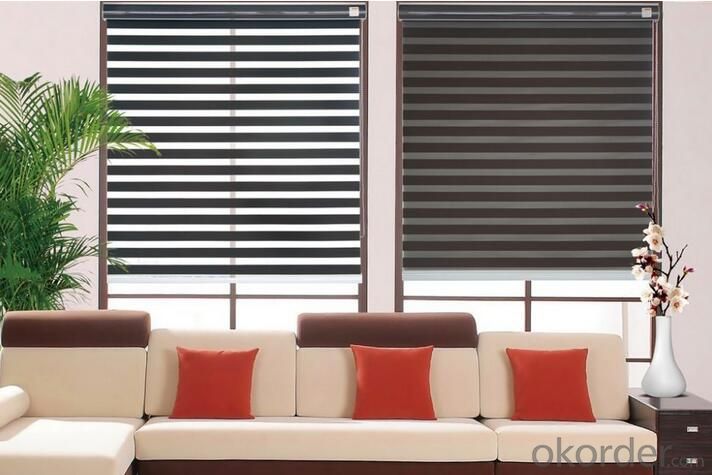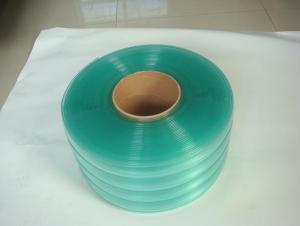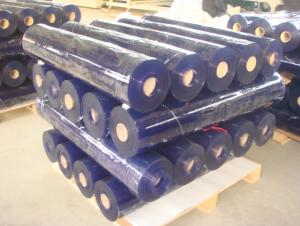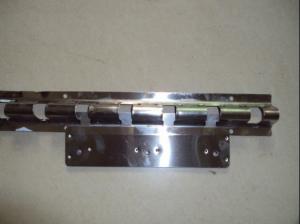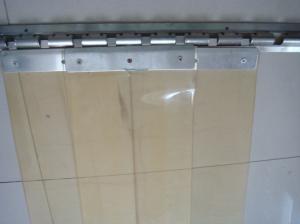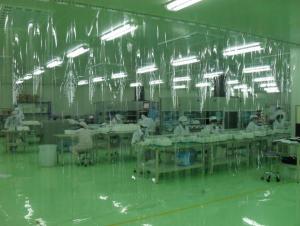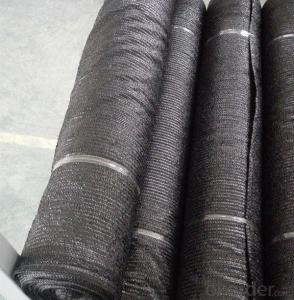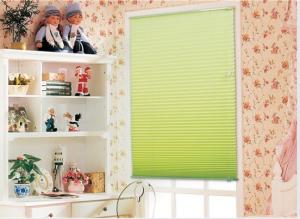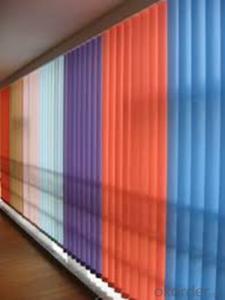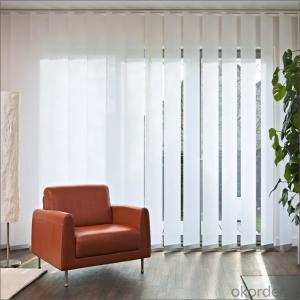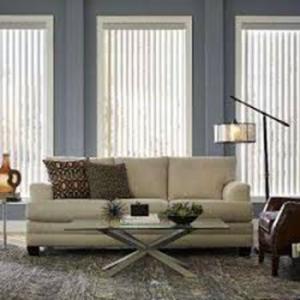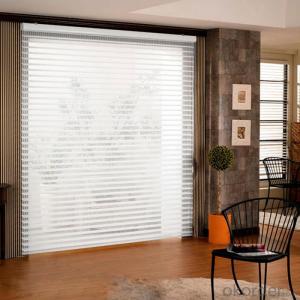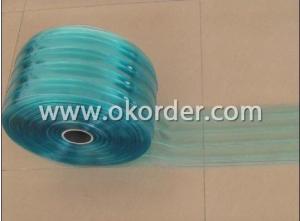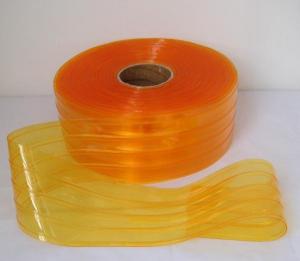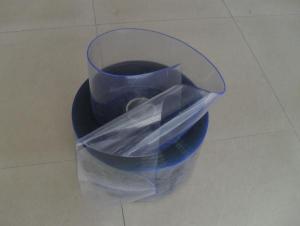Soft vertical blinds new styles curtain blind curtain
- Loading Port:
- Ningbo
- Payment Terms:
- TT or LC
- Min Order Qty:
- 1000 m
- Supply Capability:
- 500000 m/month
OKorder Service Pledge
OKorder Financial Service
You Might Also Like
Speicification of sunscreen blind curtains roller blind for day and night zebra curtain :
Material : PVC
Colors: different colors are available
Size : 2.8m x30m
Edge: high difination and never loose edge
Description of Soft vertical blinds new styles curtain
1. It was created on the base of traditional vertical blind,not only have the function of controlling the light,but possess the advantage of soft fabrics.
2. These products are towards to high-end market, with broad market and high profits, we will also protct your markt at the beginning, less the pressure of the competition.
3. Supply exquisite sample books for your promotion.
4. Provide service of products consultation and repurchasing components, such as accessaries, mould, CD for ready made market.



Specifications
Soft vertical blind fabric
Composition:80%polyester + 20% RM
Weight per M2: 205g +/- 5%
Color fastness: 7-8 grade
Width:280c
Packing & delivery of sunscreen blind curtains roller blind for day and night zebra curtain :
Packing : 30m per roll, inner with plastic tube then into plastic bag .
Details: strong enough and waterproof
Delivery time : 20days after confirmed orders.
Advantage of our products vertical blind curtains :
1. Rich series and various colors: with the concise and fashionabl design, Hanas is widely used in villa, star hotel, coffee bar, western restaurant.
2, Material and machines: Korea yarn and SMIT weaving machine from Italy.
3. Environtal friendly: passed SGS environmental and ecological testing.
4. Quality assured: professional Q'C team, 5 senior engineers with 20 more years' experience.
5. Sprite Service: products' consultation, exquiste catalogues, components purchasing, assembling traning, etc.
6. Delivery guarantee: within 25 days after receiving the prepayment for first order.
- Q: What types of plastic are commonly used in oven knobs and controls?
- The most commonly used types of plastic for oven knobs and controls are heat-resistant thermoplastics such as polypropylene (PP), polyamide (PA), and thermosetting plastics like phenolic resins. These materials can withstand the high temperatures typically encountered in ovens without deforming or melting.
- Q: Are there any specific maintenance requirements for plastic components in home appliances?
- Yes, there are specific maintenance requirements for plastic components in home appliances. It is important to regularly clean these components with mild soap and water to remove any dirt or grime. Avoid using abrasive or harsh cleaning agents that could damage the plastic. Additionally, it is recommended to inspect the plastic components for any cracks or signs of wear, and if necessary, replace them to ensure the proper functioning of the appliance.
- Q: How do home appliance plastics impact the overall weight distribution of the appliance?
- Home appliance plastics play a significant role in determining the overall weight distribution of the appliance. These plastics are often used to manufacture various components such as casings, panels, and internal parts. Their lightweight nature allows for an even distribution of weight throughout the appliance, preventing any imbalance that could affect its stability or performance. Additionally, plastics enable designers to optimize weight distribution by strategically placing them in different areas, further enhancing the appliance's overall balance and usability.
- Q: Can plastic parts in home appliances be affected by exposure to magnetic fields?
- Yes, plastic parts in home appliances can be affected by exposure to magnetic fields. Magnetic fields can induce electric currents in the plastic, which can lead to heat generation and potentially cause damage to the plastic components. Additionally, magnetic fields can also cause the plastic parts to become magnetized, affecting their functionality or performance.
- Q: How does plastic contribute to the overall aesthetics of home appliances?
- Plastic contributes to the overall aesthetics of home appliances by providing a sleek and modern appearance. Its versatility allows for unique and innovative designs, while its ability to be molded into various shapes and colors adds to the visual appeal. Additionally, plastic is often used to create smooth and seamless surfaces, giving appliances a polished and refined look.
- Q: How does the weather resistance of plastic used in home appliances affect their performance in outdoor settings?
- The weather resistance of plastic used in home appliances plays a crucial role in determining their performance in outdoor settings. If the plastic used is not weather resistant, it can degrade quickly when exposed to sunlight, rain, or extreme temperature variations. This degradation can lead to the breakdown of the appliance's structural integrity, functionality, and overall performance. On the other hand, if the plastic used is highly weather resistant, it can withstand harsh outdoor conditions, maintaining its strength, durability, and performance over an extended period. Therefore, the weather resistance of plastic is essential for ensuring the longevity and optimal functioning of home appliances in outdoor settings.
- Q: How can plastic parts in home appliances be repaired if they break?
- Plastic parts in home appliances can be repaired by using techniques such as adhesive bonding, welding, or 3D printing. Adhesive bonding involves using specialized plastic adhesives to join the broken parts together. Welding uses heat to melt the plastic and fuse it back together. Alternatively, 3D printing allows for the creation of replacement parts using plastic filaments, which can then be installed to replace the broken ones.
- Q: Can plastic parts in home appliances be affected by mold or mildew growth?
- Yes, plastic parts in home appliances can be affected by mold or mildew growth. Mold and mildew can thrive in damp environments, and if moisture is present on or around plastic parts, they can become a breeding ground for these fungi. Regular cleaning and proper maintenance can help prevent mold or mildew growth on plastic parts in home appliances.
- Q: How does the rigidity or flexibility of plastic parts in home appliances impact user experience?
- The rigidity or flexibility of plastic parts in home appliances can greatly impact the user experience. The rigidity of plastic parts ensures stability and durability, making appliances feel sturdy and reliable. This enhances the overall user experience as it instills confidence in the product's quality and longevity. On the other hand, flexibility in plastic parts can provide convenience and ease of use. For example, flexible handles or hinges allow for easy opening and closing of appliance doors or compartments. This flexibility enhances user comfort and convenience, contributing positively to the overall user experience. Ultimately, finding the right balance between rigidity and flexibility in plastic parts is crucial in achieving a satisfying user experience in home appliances.
- Q: Are there any specific guidelines for repairing or replacing plastic parts in home appliances?
- Yes, there are specific guidelines for repairing or replacing plastic parts in home appliances. These guidelines may vary depending on the manufacturer and the specific appliance. It is recommended to consult the appliance's user manual or reach out to the manufacturer for detailed instructions. In general, it is important to use the correct type and quality of plastic for replacements, ensure proper fit and alignment, and follow any specific steps or precautions mentioned in the guidelines. Seeking professional assistance from authorized technicians is often advisable to ensure safe and effective repair or replacement of plastic parts in home appliances.
Send your message to us
Soft vertical blinds new styles curtain blind curtain
- Loading Port:
- Ningbo
- Payment Terms:
- TT or LC
- Min Order Qty:
- 1000 m
- Supply Capability:
- 500000 m/month
OKorder Service Pledge
OKorder Financial Service
Similar products
Hot products
Hot Searches





